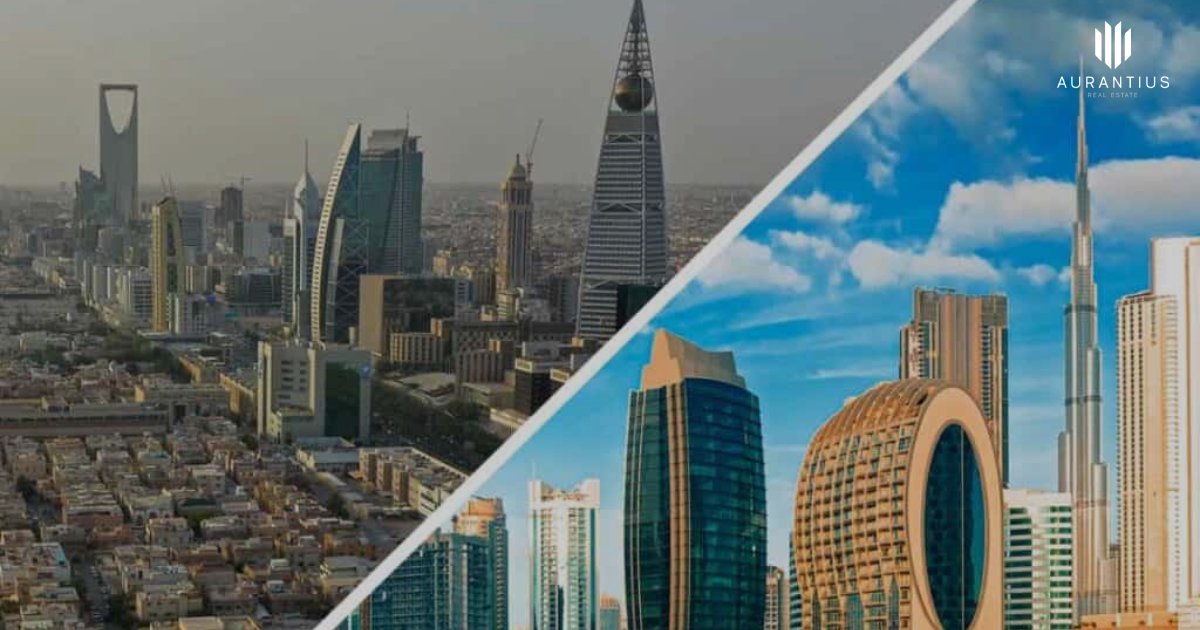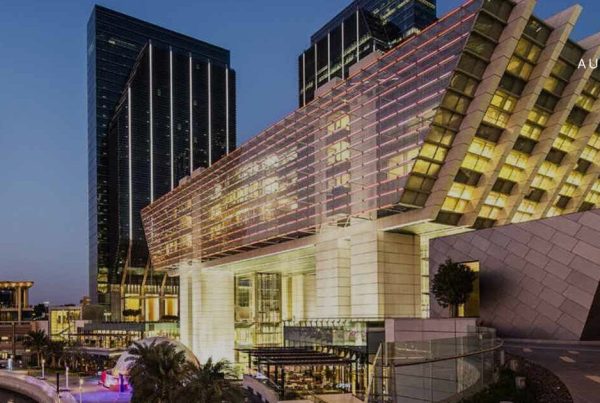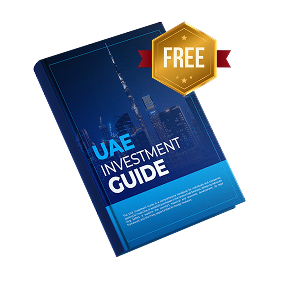Dubai Housing Boom Sparks Fresh Warning, While Riyadh Moves to Cool Market
Dubai’s real estate market continues to dominate headlines, but alongside the optimism comes renewed caution. According to UBS’s Global Real Estate Bubble Index 2025, Dubai now ranks in the “elevated” bubble risk category, joining cities such as Los Angeles and Amsterdam. Prices in Dubai have risen nearly 70% since the pandemic, with inflation-adjusted values climbing 11% over the past year alone — bringing them back to 2014 peak levels.
UBS Raises Bubble Risk Concerns
UBS highlighted that Dubai’s property values are now outpacing rents, suggesting speculative buying is fueling much of the demand. “More investors are buying property for speculation purposes,” noted Matthias Holzhey, UBS economist and co-author of the report. Still, he stressed that Dubai maintains a degree of attractiveness compared to global peers, given its elevated rental yields and the fact that home values remain well below cities like London, New York, or Hong Kong.
Dubai’s risk score has surged since 2022 but remains below the “high risk” category. Analysts point out that while speculation is evident, the emirate’s fundamentals — population growth, tax-friendly environment, and long-term investor appetite — continue to support the market.
Riyadh Takes Aggressive Steps to Curb Prices
While Dubai is attracting global headlines, Riyadh has been grappling with its own housing boom. According to Knight Frank, property prices in Saudi Arabia’s capital have nearly doubled since 2019, driven by rapid population growth and Vision 2030-related relocations. However, the first half of 2025 showed early signs of a slowdown, with buyers holding back on purchases despite apartment rents climbing 15% and villa rents up 8% in the same period, according to CBRE Group.
Concerned about affordability, Crown Prince Mohammed bin Salman has intervened directly, ordering a five-year freeze on rent hikes in Riyadh. Authorities are also weighing new measures, including a 10% tax on idle land in priority areas and an annual levy on vacant or unused buildings. These moves aim to curb speculation, increase supply, and bring affordability closer in line with household incomes. “Any measures to help bridge the gulf between affordability and current market rates is a welcome move,” said Faisal Durrani, Head of Middle East Research at Knight Frank.
Kuwait Faces Supply Crunch
The regional housing debate extends beyond Dubai and Riyadh. In Kuwait, more than 100,000 citizens remain on a housing waiting list, reflecting a severe supply-demand imbalance. The government plans to deliver 170,000 new homes over the next decade, relying heavily on private sector involvement to close the gap.
Why Dubai Remains a “Special Market”
Despite UBS’s caution, analysts continue to describe Dubai as a unique case. Holzhey explained that Dubai’s “special market” status comes from five years of strong price, rent, and income growth, coupled with continued inflows of high-net-worth individuals. Unlike other global cities facing demographic stagnation, Dubai’s population growth and international migration have consistently underpinned property demand.
Rental yields averaging above 6% for apartments remain highly competitive compared to major global markets, where returns often sit between 3–5%. This relative affordability — paired with flexible visa rules and strong infrastructure development — makes Dubai an attractive destination even when valuations look stretched.
Regional Divergence: Policy vs. Market Forces
The diverging responses between Dubai and Riyadh highlight the regional contrasts. While Dubai relies on global investment appeal and has yet to implement heavy-handed market intervention, Saudi Arabia is taking a proactive regulatory approach to cool demand and stabilize prices. The Riyadh rent freeze and idle land tax signal a government prepared to prioritize affordability and social stability over speculative gains.
Investor Implications
For investors, these developments underscore the importance of market timing and location selection. In Dubai, elevated bubble risk doesn’t necessarily mean imminent price drops, but it does call for careful consideration of fundamentals: areas with strong rental demand, established infrastructure, and population growth are better positioned to withstand volatility. Luxury and speculative segments may face sharper adjustments if sentiment shifts.
In Saudi Arabia, government intervention could cool short-term returns but also create a more stable, transparent housing market over the long term. The proposed land and vacancy taxes could incentivize faster development and reduce speculative land banking, unlocking opportunities in affordable and mid-market segments.
Conclusion
Dubai’s four-year housing boom shows no signs of slowing, but UBS’s elevated bubble risk warning is a reminder of how far prices have climbed since the pandemic. In contrast, Riyadh is actively stepping in to prevent affordability from spiraling out of reach. Investors looking at the Gulf region must weigh these contrasting dynamics: Dubai’s global magnetism versus Saudi Arabia’s interventionist stance. Both markets, however, remain central to the Middle East’s evolving real estate narrative — where demand fundamentals are strong, but regulatory frameworks and investor strategies will define the next chapter.











